Sweeping across living magazines and Pinterest boards, the clean lines and understated elegance of Scandinavia’s home design aesthetics have caught the world’s attention. But beneath its chic surface of minimalist furnishings set in neutral palettes, this design philosophy bears rich historical and cultural undertones that shape its distinct identity. In the Nordic lands where sunlight is a precious commodity and the environment can be unforgiving, practicality, simplicity, and a deep-rooted reverence for nature have knitted an aesthetic that’s as beautiful as it is functional. In this discussion, we journey to the origins and influences of Scandinavian design, unravel its key elements and principles, illustrate its powerful application in modern homes, explore notable Scandinavian home designs, and probe its compatibility with the rapidly burgeoning sustainability ethos.
Origins and Influences
Scandinavian design
Scandinavian design is rooted deeply in the historical and cultural fabric of northern Europe. The design aesthetic emerged prominently in the 1950s in five northern European countries: Norway, Finland, Sweden, Iceland, and Denmark. Thus, the name ‘Scandinavian’ design was derived from the geographical region itself. Its origins can be traced back to the early 20th century, primarily influenced by the modernist and functionalist movements that championed the idea that beautiful and functional design should be accessible to all rather than just the wealthy.
Key Scandinavian designers
Key Scandinavian designers such as Arne Jacobsen, Hans Wegner, and Alvar Aalto have heavily influenced the minimalist, stylish, and practical design aesthetic we commonly associate with Scandinavian homes. Aiming to blend form with function, these designers pioneered the use of novel materials, sleek lines, and organic forms, resulting in practicality while maintaining affordable production costs. Their designs focused on simple, clean lines, minimal ornamentation, and a strong connection to nature, which is significantly reflected in Scandinavian homes.
The impact of the region’s harsh climate
The impact of the region’s harsh climate has provided a major influence on the Scandinavian design ethos. Long, dark winters that necessitate spending a lot of time indoors have resulted in an emphasis on making interiors warm, inviting, and filled with natural light. Scandinavian homes often feature large windows that invite ample light in, with interiors painted in light colors to reflect that light throughout the home. This connection to the natural world emerges repeatedly in Scandinavian homes, in the form of organic materials like wood, stone, or sheepskin.
The cultural values of simplicity and functionality
The cultural values of simplicity and functionality instilled by the harsh climate also contributed significantly to the Scandinavian design aesthetic. The philosophy follows a democratic design originating from the Nordic concept of ‘lagom’ which emphasizes the idea of ‘just the right amount’, thus rejecting excessive consumerism. Scandinavian design is distinguished by a focus on simple, clean lines, functionality without sacrificing aesthetics, and a broad range of colors from bright and airy to dark and moody, reflecting the contrast between winter and summer in the Nordic region.
Prizing comfort and warmth
Prizing comfort and warmth alongside aesthetic appeal, Scandinavian home design focuses on creating a serene and soothing environment. The designs are often characterized by the use of light color palettes, natural materials, and simple, modern furnishings. They embrace the minimalistic lifestyle, where clutter is reduced, and everything has a place and purpose.
Scandinavian Design: More than Just Aesthetics
Scandinavian design is an embodiment of a lifestyle that emphasizes sustainability, simplicity, and functionality. Its timeless appeal extends far beyond its Scandinavian roots, garnering popularity across the globe not just as a decor trend, but as a testament to mindful living.
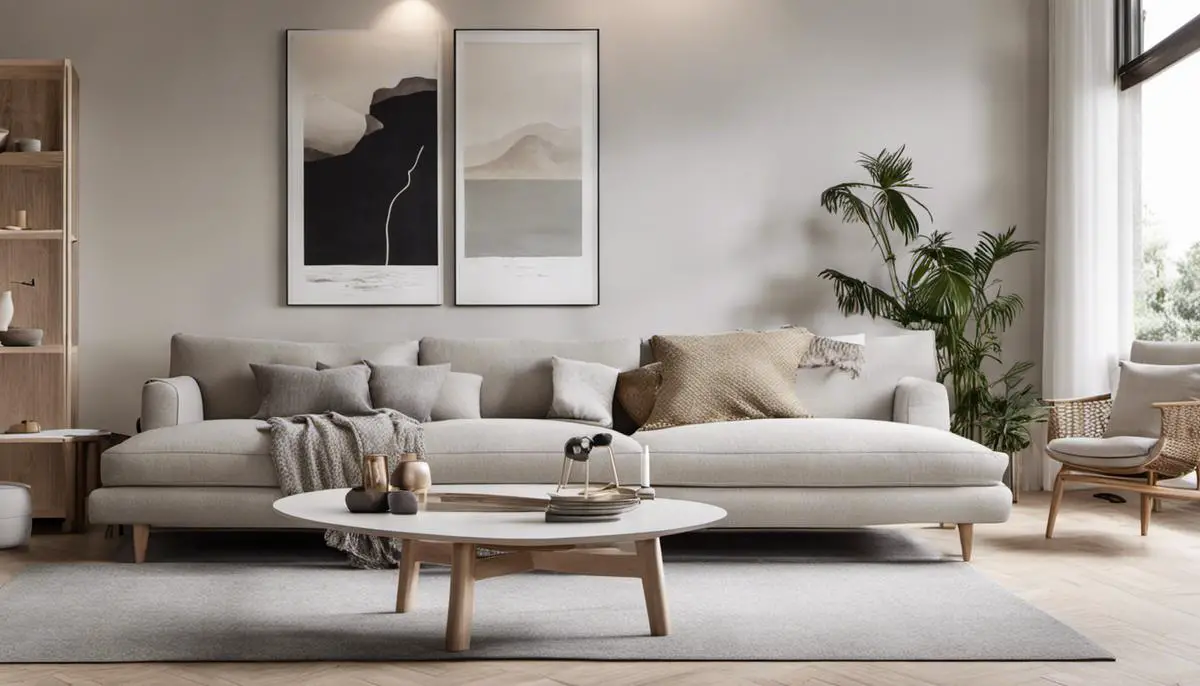
Key Elements and Principles
The Minimalistic Approach to Scandinavian Home Design
Minimalism stands as a cornerstone in Scandinavian home design. This principle reveals itself through the prevalence of simplicity and functionality, dismissing needless complexities or embellishments. The appeal of Scandinavian design lies in its practicality: straightforward layouts and utilitarian furnishings.
Scandinavian color palettes typically lean towards subtle, calming tones. The use of natural shades like white, gray, and beige, occasionally accented with black or the occasional splash of color, helps maintain a minimalist aesthetic. A limited color palette serves to highlight the form, lines, and selectively chosen objects within the space.
Functionality in Scandinavian Home Design
Scandinavian design places a great deal of importance on the functionality of objects. A chair, for instance, is not merely a seat, but a beautifully designed piece of furniture that serves its purpose efficiently. This practicality extends to storage solutions, too, with an emphasis on clever, compact, and unconventional storage options to make the most of the available spaces.
Use of Natural Elements
Natural elements are another key aspect of Scandinavian design. There is a strong emphasis on incorporating organic materials like wood, stone, and ores, into everyday living spaces. Scandinavian homes often feature wooden floors, exposed beams, and furniture made from varieties of Nordic wood.
Additionally, the outdoor-nature interaction is a significant element. Many Scandinavian homes make good use of indoor plants, and an appreciable number of windows are often in place, planned to attract as much natural light as possible into the interiors.
Light in Scandinavian Home Design
Given the long, dark winters characteristic of Scandinavia, light – especially natural light – plays a crucial role in Scandinavian design. This component is incorporated not just through the use of numerous windows, but also through mirrors, reflective surfaces, and a light color palette that amplifies brightness. Scandinavian homes frequently make use of soft, diffused lighting to create a cozy, relaxed atmosphere.
Variations within Scandinavian Design
Scandinavian design is not a one-size-fits-all label. As one would expect, the diverse cultures, geographies, and lifestyles of Scandinavian nations influence their unique design traditions. Finnish sensibilities result in daring and artistic creations, while Sweden leans towards the restrained elegance of time-honored designs. The raw natural beauty of Norway is incorporated into its design ethos through natural elements and materials. Danish design, meanwhile, pushes the envelope by exploring avant-garde forms and functions. Each distinctive sub-style upholds the quintessential attributes of Scandinavian design: minimalist elegance, practical functionality, and connection with nature.
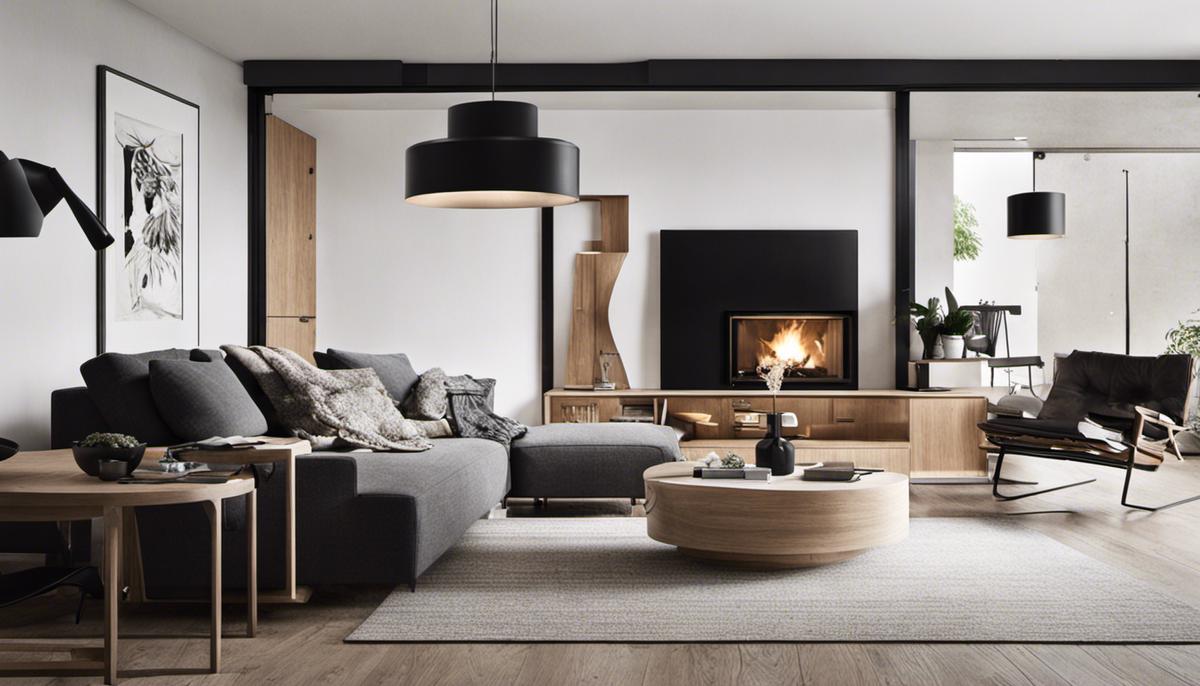
Incorporating Scandinavian Design in Modern Homes
What exactly is Scandinavian Design?
The origins of Scandinavian design are steeped in the Nordic traditions of Sweden, Denmark, Finland, Iceland, and Norway. Characterized by its minimalist yet functional ethos, Scandinavian design achieves a perfect harmony between aesthetics and utility. It embodies an environment that is serene, clean, and uncluttered. The principal elements of this design philosophy underline the values of simplicity, practicality, and a profound relationship with nature.
Color Schemes in Scandinavian Design
Implementing color schemes typical for Scandinavian design can infuse a modern home with a sense of tranquility and elegance. The palette is predominantly light and neutral, consisting mainly of white, gray, black, and pastel hues. White is the most commonly used color, which reflects light efficiently to create a bright and airy ambiance. Pops of color may be incorporated sparingly through accessories or pieces of furniture, but they always maintain the overall subdued tonality.
Furniture Choices for Scandinavian Design
When choosing furniture for a Scandinavian-inspired home, simplicity and functionality are key. Natural materials such as wood are a trademark characteristic, lending warmth and texture to a room. Furniture should typically possess clean lines, a minimum of ornamentation, and prioritize comfort. Upholstered furniture often uses natural fabrics in a neutral palette, and organic shapes are preferred. Remember, less is more in Scandinavian design, so avoid over-stuffing rooms with furniture.
Decor Elements in Scandinavian Design
Decor elements in Scandinavian design are typically minimal and purposeful. The focus is on creating a space that feels lived-in and cozy. Textiles like throws and rugs made from natural fibers add texture and warmth. Light fixtures play a significant role, favoring designs that provide lots of light without overwhelming the space. Houseplants and fresh flowers are often used to incorporate natural elements, serving dual purposes of enhancing aesthetics while improving indoor air quality.
Balancing Modern Comforts with Scandinavian Minimalism
Balancing the comforts of modern living with the minimalistic ethos of Scandinavian design may seem challenging, but it can be achieved by prioritizing quality over quantity. Invest in a few high-quality pieces that serve a functional purpose and contribute to the aesthetics of the room. Opt for built-in storage solutions to maintain the clutter-free environment that is the hallmark of Scandinavian design. Consider prioritizing open floor plans, which promote interaction and ensure optimal usage of space.
In integrating technology, the same principles apply. Choose sleek, streamlined devices that meet your needs without disrupting the simplistic decor. Place televisions and other electronic devices in discreet areas or use clever design solutions to keep them hidden when not in use.
Embracing the Danish ‘Hygge’ Concept for Warm and Comfortable Living Spaces
Often equated to the English word “coziness,” the Danish philosophy of “hygge” is a key component of Scandinavian design. It embodies the creation of fresh, inviting, and cozy environments that enhance wellbeing. To introduce hygge into your home design, focus on comfort and establish warm and inviting nooks. The use of candles, woolen blankets, and subdued lighting can further enhance the hygge atmosphere. Remember, the goal is to create practical spaces that are not only inviting but also encourage relaxation and convey a sense of peace.
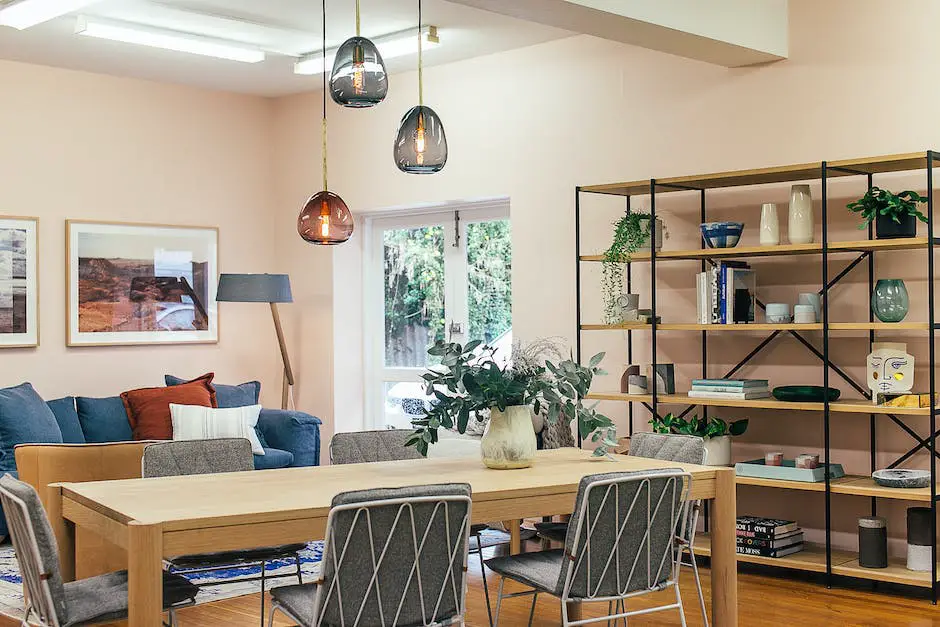
Notable Scandinavian Home Designs
The Remarkable Manshausen Island Seacabins
Experience the extraordinary connect between nature and architecture in the Manshausen Island Seacabins. Conceptualized by the famous architect Snorre Stinessen, these cabins are nestled in the mesmerizing Steigen Archipelago in beautiful Norway. Showcasing typical Scandinavian home design, the cabins feature a long, rectangular shape that allows the occupants to enjoy breathtaking views of the surrounding Norwegian landscape through windows designed for both energy efficiency and low maintenance. These features not only bring the outside in but also fill the cabins with abundant natural light, a pivotal aspect of Scandinavian design.
E20 House: Usage of Wood and Light
Another notable example of Scandinavian home design is E20 House, situated in Helsingborg, Sweden. Architect Johan Sundberg used a sleek combination of wooden elements and open spaces, providing a warm, inviting, and minimalist look to this private home. Large windows allow plenty of natural light and blur the lines between indoor and outdoor living, perfectly reflecting the quintessential philosophies of Scandinavian homes.
Alvar Aalto’s Villa Mairea
Villa Mairea in Noormarkku, Finland, designed by the acclaimed Scandinavian architect Alvar Aalto, represents a harmonious blend of modernism and traditional Finnish design. Villa Mairea features an innovative use of wood, stone, and cement, creating an organic and earthy aesthetic. With large windows and an open floor plan, this home subtly invites nature indoors, embodying a core principle of Scandinavian design – simplicity, functionality, and connection with nature.
Lisbeth Juul and Hans Falleboe Loft
Lisbeth Juul and Hans Falleboe completely transformed a 19th-century pump house in Denmark into a contemporary three-story loft. Large windows, a neutral color scheme, sparse yet high-quality furnishings, and an open floor layout make the space not only light-filled and airy but also functional. Their simplistic yet high-impact design is a perfect example of Scandinavian design’s “less is more” philosophy.
The Glass House: Celebrating Transparency and Nature
The Glass House, a remarkable Scandinavian home in Copenhagen, showcases the work of Scandinavian architect, Dan Brunn. This exceptional piece of architecture uses vast amounts of glass, blurring the boundaries between indoors and outdoors, and allowing an influx of natural light. The minimalistic furniture and open spaces, aligned with the design philosophies of Scandinavia, further emphasize the house’s focus on nature.
While embracing the key tenets of Scandinavian design – functionality, simplicity, along with reverence for nature and light, these examples spotlight how this design philosophy has stood the test of time across different geographies and interpretations. Each embodies the intrinsic virtues of practicality and the allure of natural beauty that serve as the cornerstone of the enduring Scandinavian aesthetic.
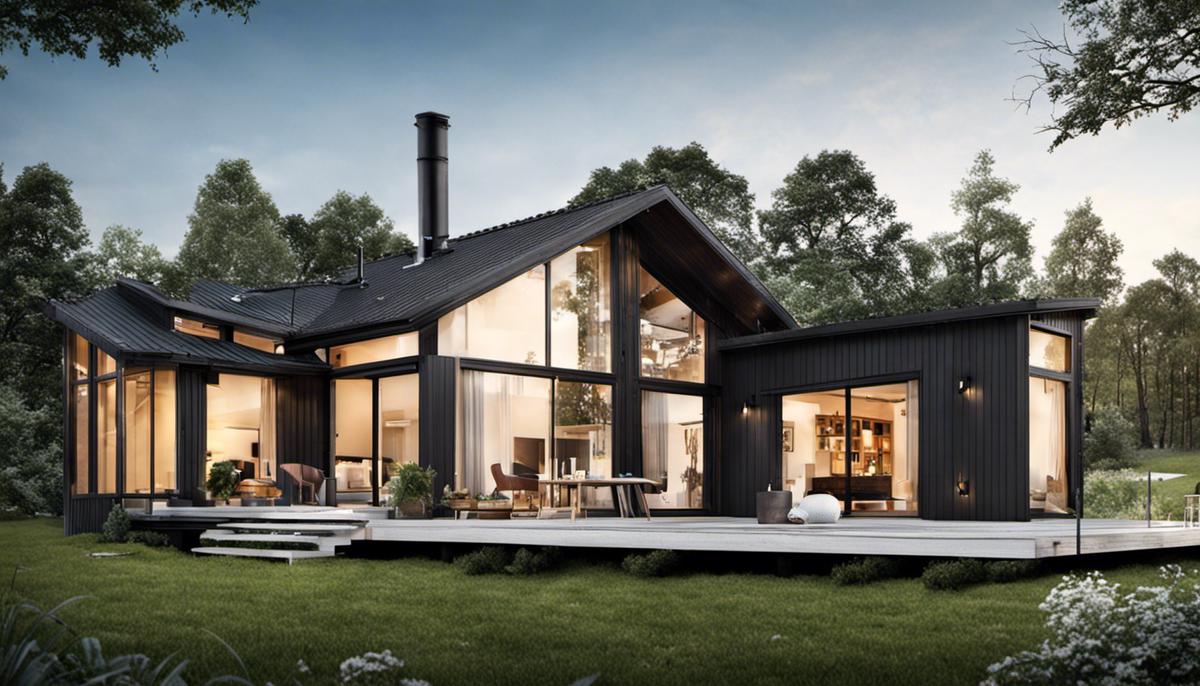
The Sustainability Factor in Scandinavian Design
Emphasizing Sustainability within Scandinavian Design
Scandinavian design is acclaimed for its streamline simplicity, stylishness, and inherent practicality. However, it’s the philosophy’s steadfast dedication to sustainability that truly sets it apart. Scandinavians strongly believe in respecting and conserving the environment, a conviction clearly manifested in their home designs. This design approach places an indomitable focus on the use of renewable resources, sustainable materials, and advocates for energy efficiency, making them integral elements of the design process.
Sustainable Materials in Scandinavian Design
The use of sustainable materials is a dominant practice in Scandinavian design. Nordic homes often incorporate natural elements such as wood, wool, leather, and stone in their design. These materials are locally sourced, reducing transportation costs and associated pollution. For example, in Sweden, houses are typically constructed with timber from responsibly managed forests that adhere to strict environmental and social standards. There is also a general preference for organic and recyclable materials, promoting a circular economy and minimizing waste.
Energy Efficiency in Scandinavian Homes
Energy efficiency is another cornerstone of the Scandinavian design philosophy. Given the region’s harsh winters and short daylight hours, Scandinavian homes are architecturally designed to maximize heat retention and natural light. High-quality insulation, energy-efficient appliances, geothermal heating, and meticulously planned lighting are some features common in Nordic homes. Double-glazing windows and doors are another staple of Scandinavian homes, helping to keep the interiors warm during freezing Nordic winters.
Functionality and Durability: Key to Environmental Consciousness
Scandinavian design is characterized by a strong sense of functionality, durability, and longevity. This attribute directly aligns with the sustainability principles of reducing consumption and waste. Nordic designs aim to create timeless pieces that are long-lasting and do not encourage a throwaway culture. Furniture is designed to be durable, easy to repair, and often multi-functional, reducing the need for multiple products and thereby lessening the pressure on resources.
Scandinavian Approach towards Minimal Waste
The practice of minimal waste is another widespread sustainability feature seen in Scandinavian homes. Nordic culture values the concept of ‘lagom’, which can be translated as ‘just the right amount’. This idea reflects in their consumption habits where they purchase only things they need. Additionally, recycling and composting are common, and many Scandinavian municipalities have implemented programs to encourage these practices.
The Green Roofs Phenomena
Another remarkable sustainable practice in Scandinavian design is the concept of green roofs. Green roofs are roofs covered with vegetation that absorb rainwater, provide insulation, and create habitats for wildlife. In cities like Copenhagen and Oslo, green roofs are not just a trend; they are part of city planning, helping to combat urban heat island effect and manage stormwater runoff.
Through an emphasis on sustainable materials, energy efficiency, waste reduction, and a lifestyle of functionality and longevity, Scandinavian design brilliantly embodies the principles of sustainability. As such, it not only offers a blueprint for stylish and functional living but also for eco-conscious home design and living.
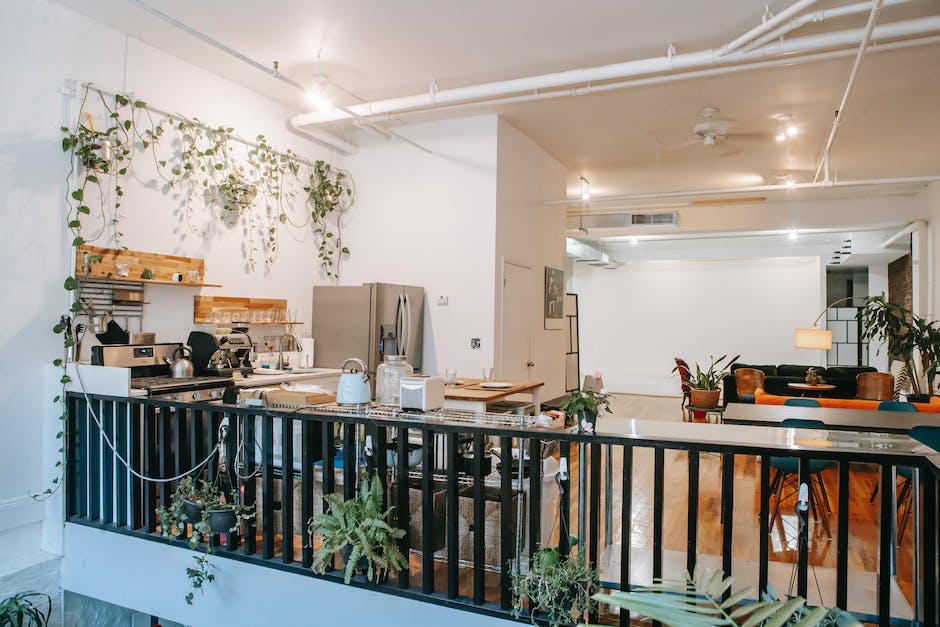
Scandinavian aesthetics, stemming from a history steeped in functionality and simplicity, have imparted a remarkable influence on the contemporary design landscape. More than just a design concept, it’s a lifestyle that embraces the beauty of minimalism, functionality, and respect for the environment. With its incorporation in modern homes, it’s clear that while trends may come and go, the values of Scandinavian design remain – utilitarian, sustainable, and sublimely harmonious with nature. Whether you’re a minimalist at heart or simply an appreciator of well-considered design, the Scandinavian style offers a thoughtful, honest approach to interior design that’s as flexible as it is recognizable. Drawing from its robust roots, this aesthetic continues to evolve, charming us with its profound ability to tie every element of a home back to the ebb and flow of life itself.

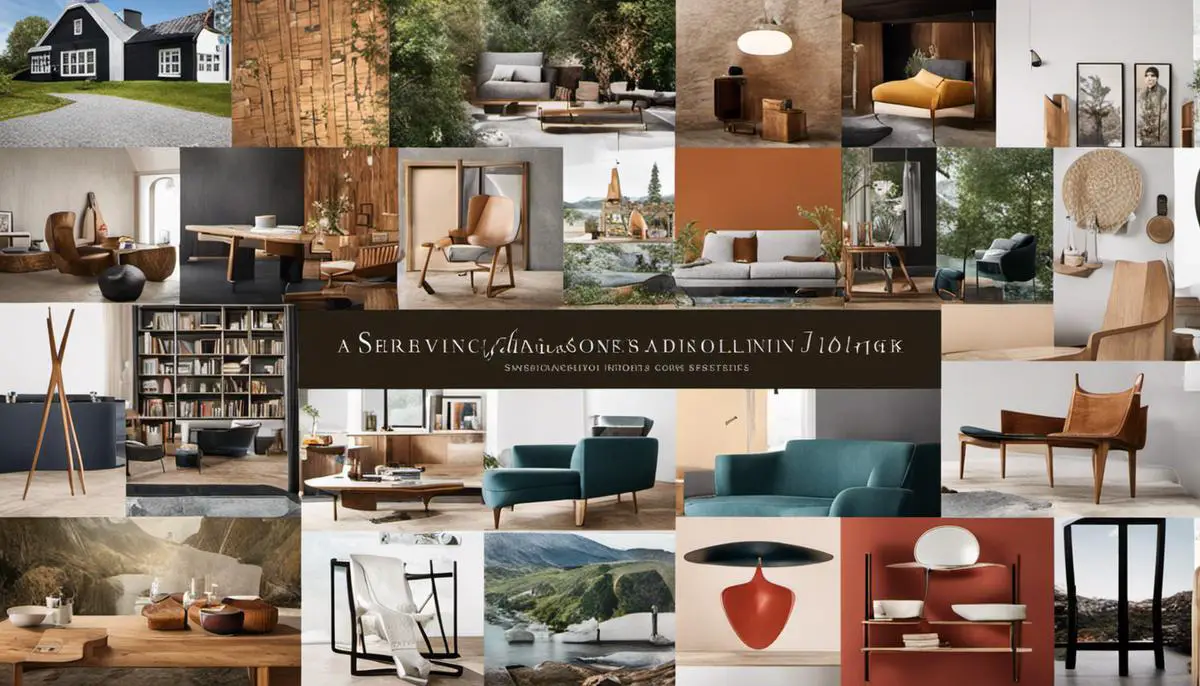
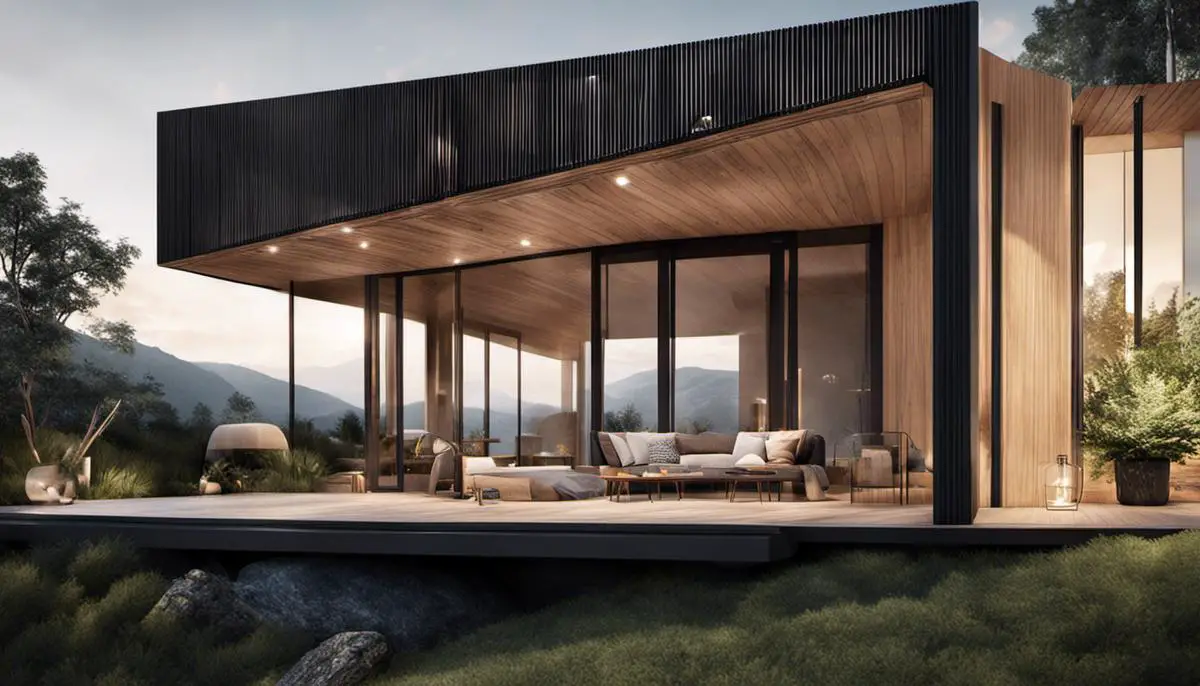
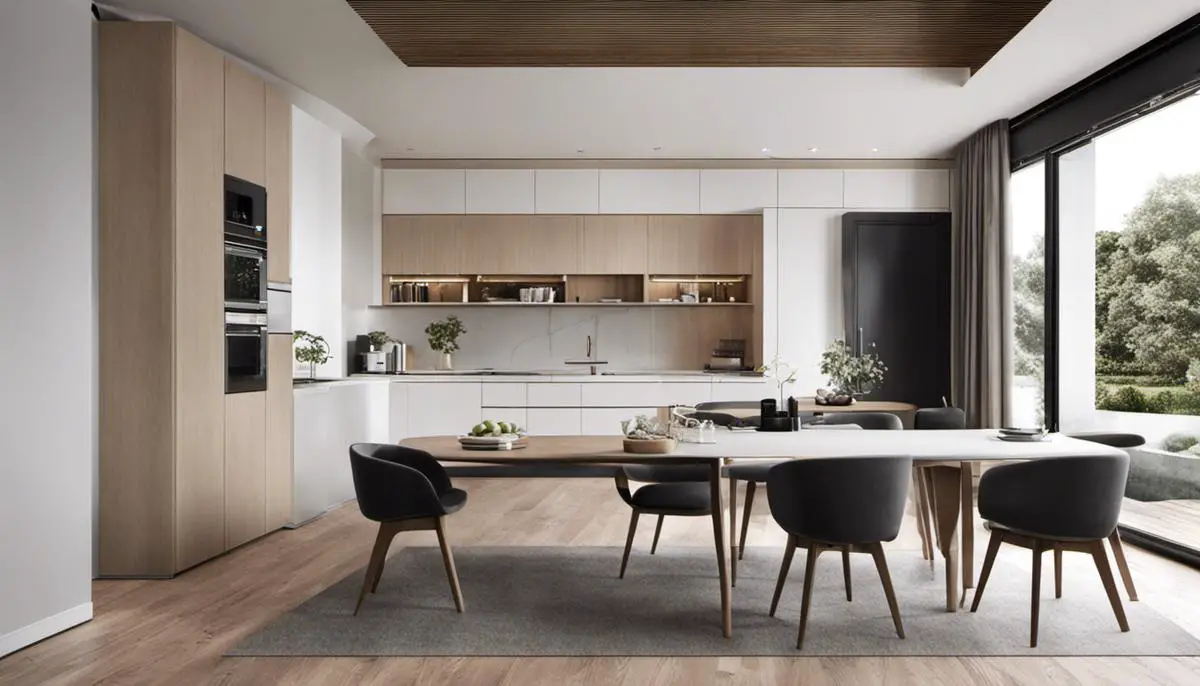
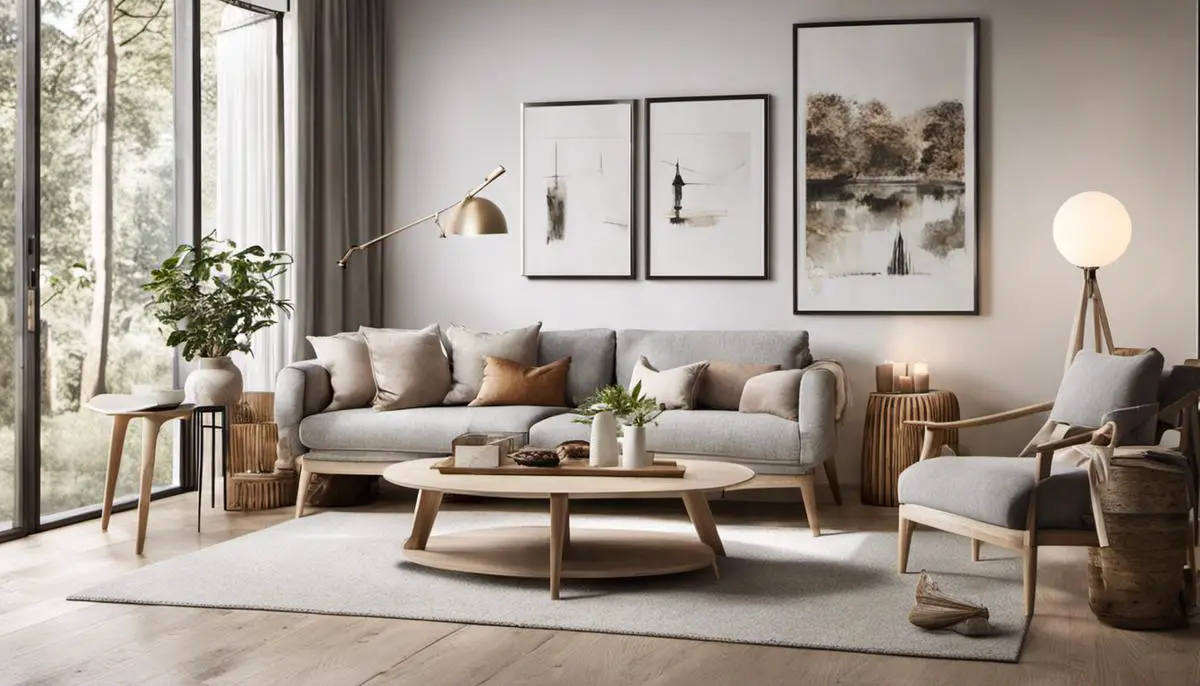
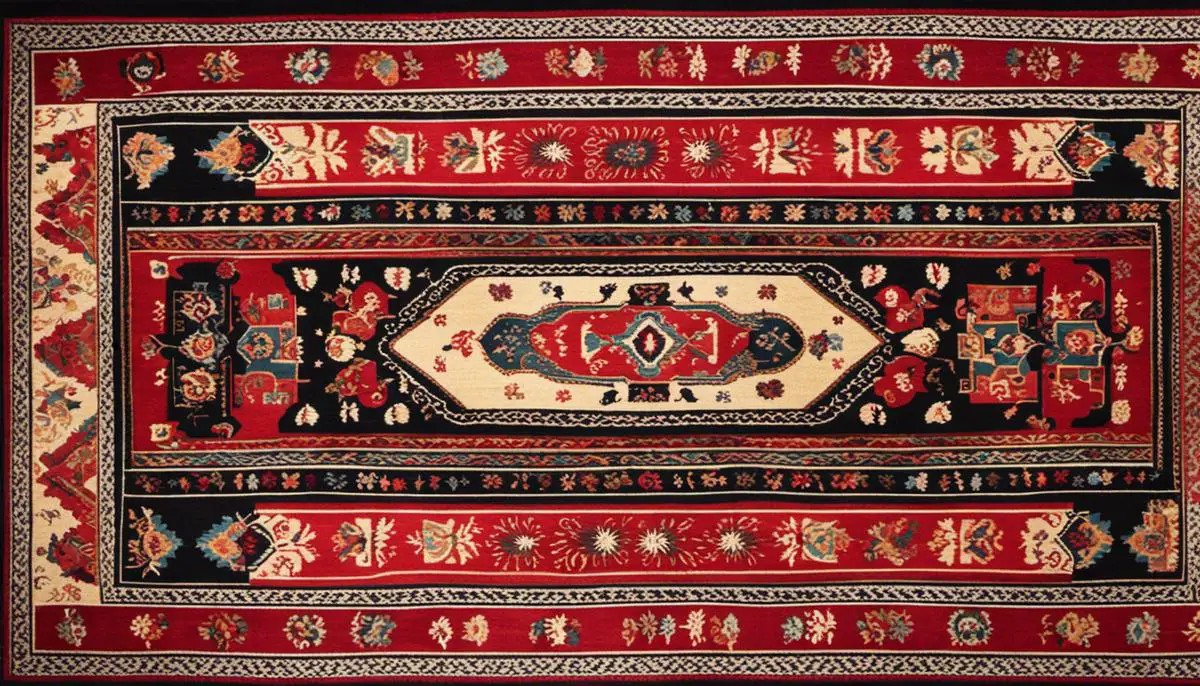
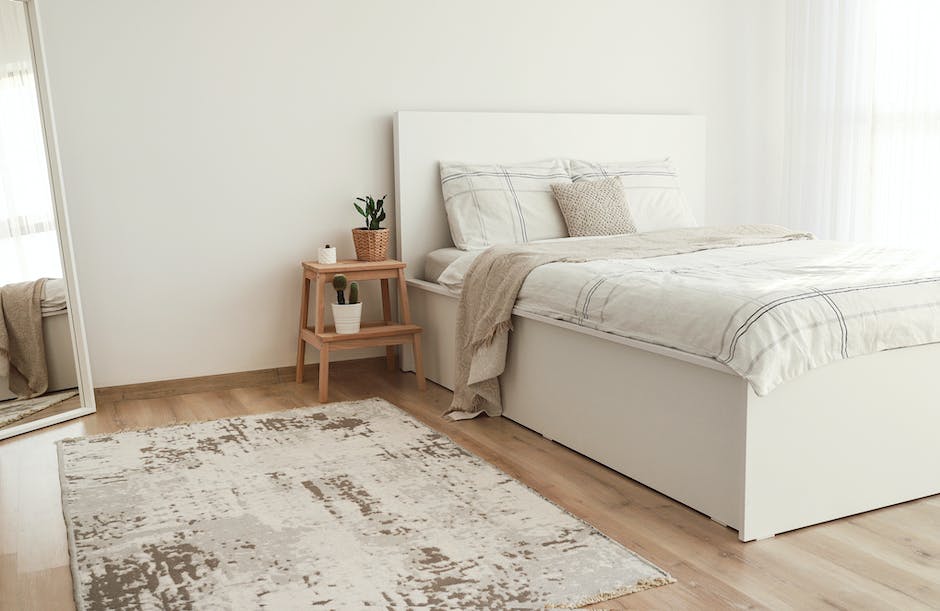
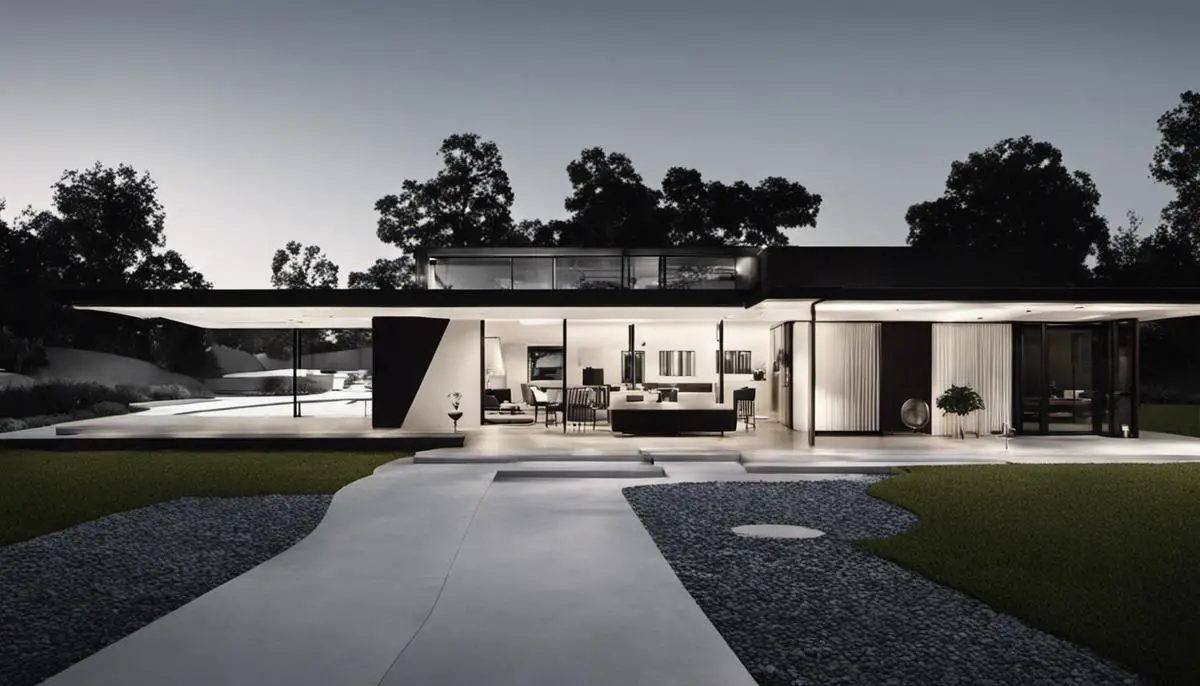

Leave a Reply